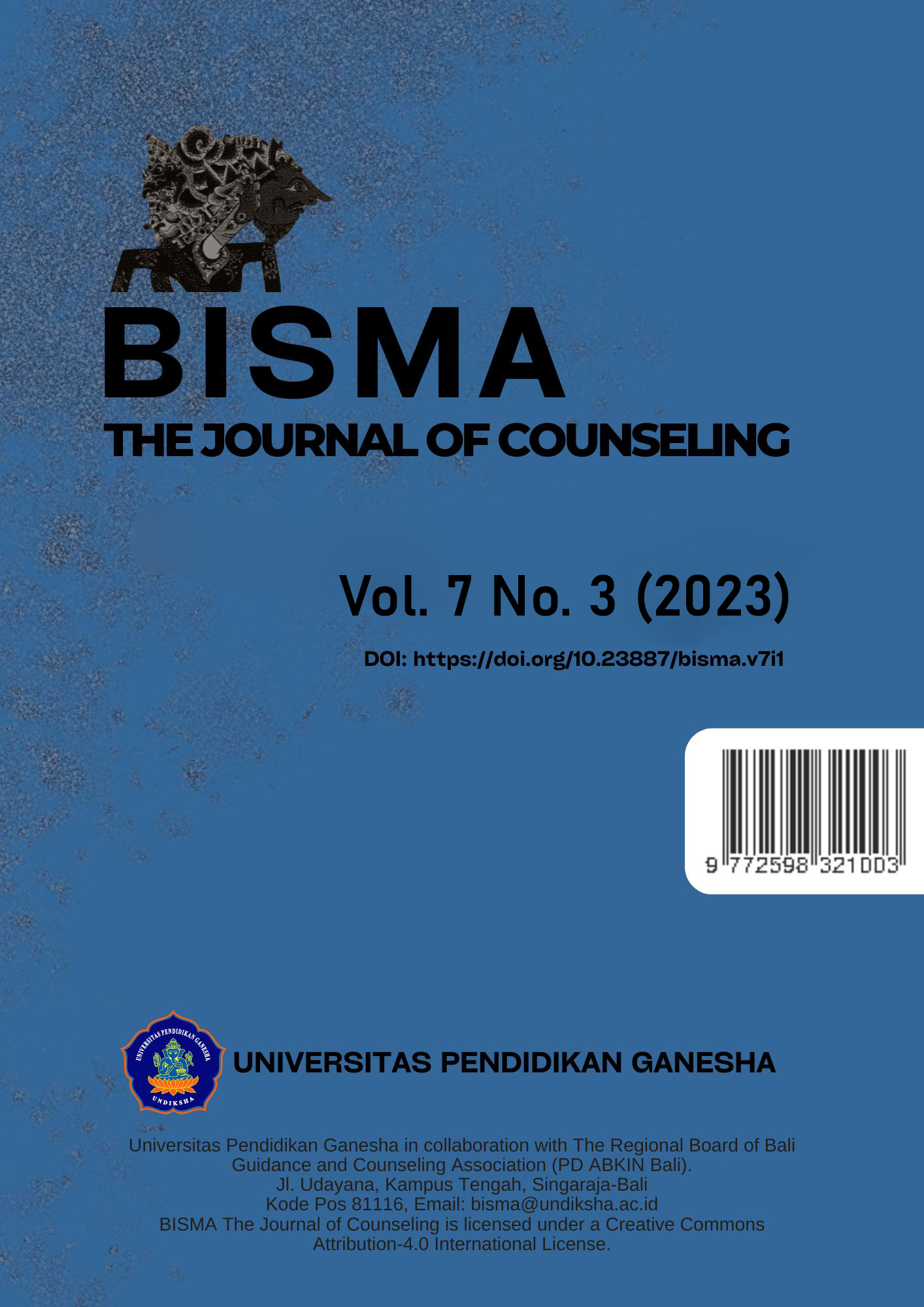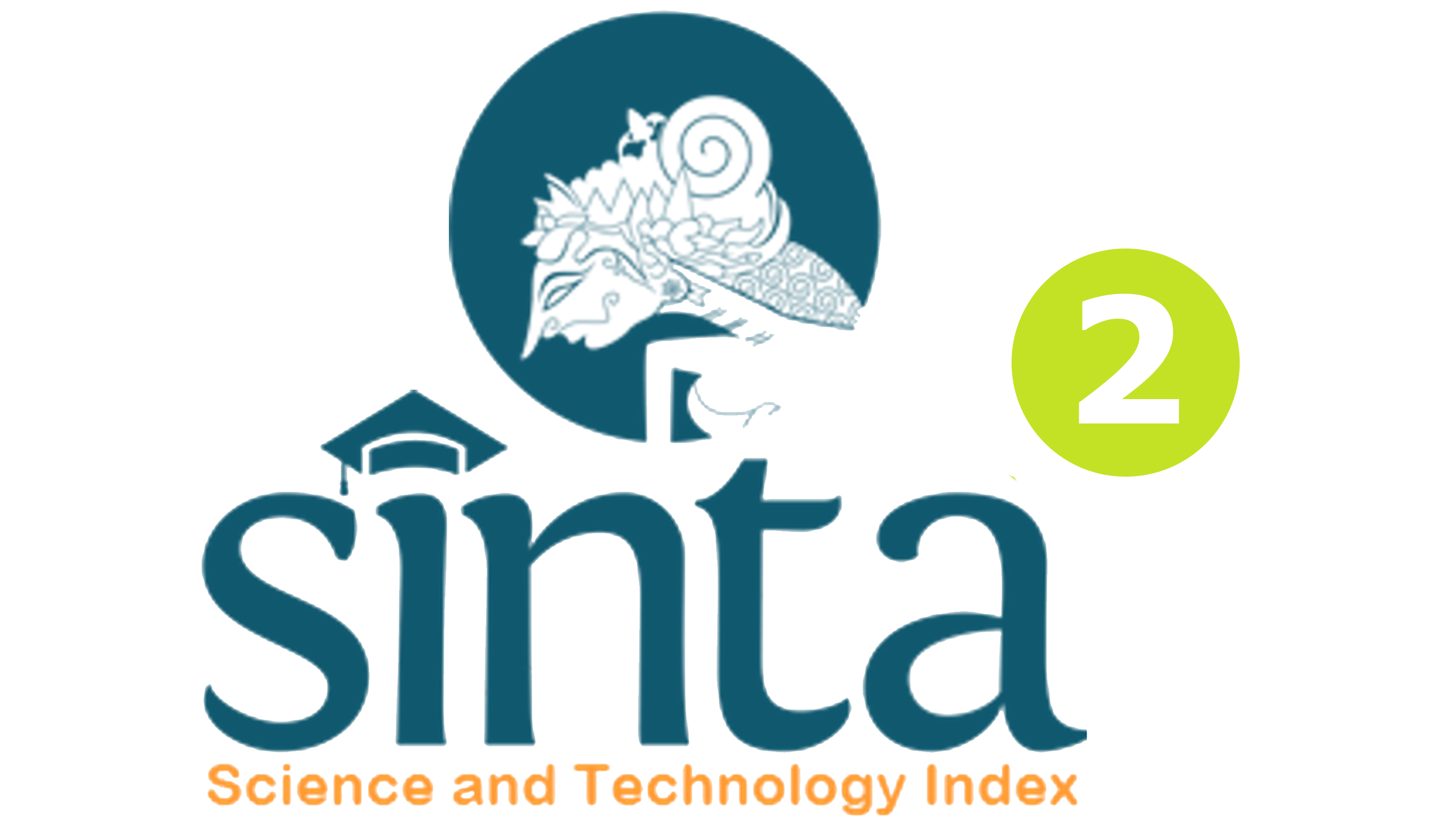Emotion Regulatory from Riding Aggressively on Motor Bike Students
DOI:
https://doi.org/10.23887/bisma.v7i3.70989Keywords:
Driving aggressiveness, emotion regulation, motor bike studentsAbstract
Aggressive driving is aggressive behaviour carried out by drivers that can harm other drivers and themselves. Aggressive driving can be a contributing factor to increased accidents and traffic violations. One factor that can influence aggressive driving is emotional regulation. The study aimed to analyze the impact of emotional regulation on driving aggressiveness in motorcycle students. The study used an emotional regulation scale and a driving aggressiveness scale. Respondents in this study of male students in the city of Makassar were as many as 123, obtained using convenience sampling. This research uses a quantitative approach with nonparametric statistical data analysis techniques of ordinal regression methods. The results of this study show that there is a negative and significant influence of emotional regulation on driving aggression in male students in Makassar City (B = -0,063, p = 0,008), with 4.6% of driving aggressiveness contributing to the explanation of emotion regulation variance (R2 = 0,046). The higher the driver's ability to regulate emotions, the lower the motorcyclist's driving aggressiveness, and the worse the rider's emotion regulation ability, the higher the motorcycle rider's driving aggression. This research could be the basis for intervention or emotional regulation training in drivers in order to improve their ability to regulate emotions, thereby reducing levels of aggression while driving.
References
Abdulwahid, S. N., Mahmoud, M. A., Ibrahim, N., Zaidan, B. B., & Ameen, H. A. (2022). Modeling Motorcyclists’ Aggressive Driving Behavior Using Computational and Statistical Analysis of Real-Time Driving Data to Improve Road Safety and Reduce Accidents. International Journal of Environmental Research and Public Health, 19(13). https://doi.org/10.3390/ijerph19137704.
Adavikottu, A., & Velaga, N. R. (2021). Analysis of factors influencing aggressive driver behavior and crash involvement. Traffic Injury Prevention, 22(sup1), S21–S26. https://doi.org/10.1080/15389588.2021.1965590.
Ahmed, Z. H., Maleki, F., Yousefikhoshbakht, M., & Haron, H. (2023). Solving the vehicle routing problem with time windows using modified football game algorithm. Egyptian Informatics Journal, 24(4), 100403. https://doi.org/10.1016/j.eij.2023.100403.
Akbari, M., & Hossaini, S. M. (2018). The relationship of spiritual health with quality of life, mental health, and burnout: The mediating role of emotional regulation. Iranian Journal of Psychiatry, 13(1), 22–31. https://www.ncbi.nlm.nih.gov/pmc/articles/PMC5994229/.
Asseraf, Y., & Shoham, A. (2017). Destination branding: The role of consumer affinity. Journal of Destination Marketing and Management, 6(4), 375–384. https://doi.org/10.1016/j.jdmm.2016.06.004.
Bagasatwika, A. (2020). Electronic traffic law enforcement: is it able to reduce traffic violations? Unnes Law Journal: Jurnal Hukum Universitas Negeri Semarang, 6(1), 73–96. https://doi.org/10.15294/ulj.v5i1.28642.
Cho, E., Park, S., & Oh, C. (2022). Analysis of Intrinsic Factors Leading to Aggressive Driving Behavior to Derive Safety Policy Implications for Bus Drivers. Transportation Research Record, 2676, 664–675. https://doi.org/10.1177/03611981221094574.
Din, N. S. B. M., & Ahmad, M. (2021). Emotional Regulation On Negative Affect and Aggression: A Review. Asian People Journal (APJ). https://journal.unisza.edu.my/apj/index.php/apj/article/view/281.
Duany, J. M., & Mouloua, M. (2022). The Role of Trait Mindfulness in Aggressive Driving Behavior. Proceedings of the Human Factors and Ergonomics Society Annual Meeting, 66, 968–971. https://doi.org/10.1177/1071181322661441.
Estévez, E., Estévez, J. F., Segura, L., & Suárez, C. (2019). The influence of bullying and cyberbullying in the psychological adjustment of victims and aggressors in adolescence. International Journal of Environmental Research and Public Health, 16(12). https://doi.org/10.3390/ijerph16122080.
Hafeman, D. M., Ostroff, A. N., Feldman, J., Hickey, M. B., Phillips, M. L., Creswell, D., Birmaher, B., & Goldstein, T. R. (2020). Mindfulness-based intervention to decrease mood lability in at-risk youth: Preliminary evidence for changes in resting state functional connectivity. Journal of Affective Disorders, 276(April), 23–29. https://doi.org/10.1016/j.jad.2020.06.042.
Handayani, D., Laksono, D. E., & Novitiana, L. (2017). Pengaruh Perilaku Agresif Terhadap Potensi Kecelakaan Pengendara Sepeda Motor Remaja Dengan Studi Kasus Pelajar Sma Kota Surakarta. Jurnal Riset Rekayasa Sipil, 1(1), 64. https://doi.org/10.20961/jrrs.v1i1.14724.
Kawabata, K., Fujita, K., Sato, M., Hayashi, K., & Kobayashi, Y. (2022). Relationship between Moral Values for Driving Behavior and Brain Activity: An NIRS Study. Healthcare, 10(11). https://doi.org/10.3390/healthcare10112221.
Liu, Y., Wang, X., & Guo, Y. (2021). The moderating effects of emotions on the relationship between self-reported individual traits and actual risky driving behaviors. Psychology Research and Behavior Management, 14, 423–447. https://doi.org/10.2147/PRBM.S301156.
Marhan, C., Suarni, W., Pambudhi, Y. A., & Qolbih, N. (2021). Regulasi Emosi dan Aggresive Driving Behavior Siswa. Jurnal Sublimapsi, 2(1), 51. https://doi.org/10.36709/sublimapsi.v2i1.14245.
Mohapatra, B., Tripathy, S., Singhal, D., & Saha, R. (2022). Significance of digital technology in manufacturing sectors: Examination of key factors during COVID-19. Research in Transportation Economics, 93, 101134. https://doi.org/10.1016/j.retrec.2021.101134.
Mushthofa, Z., Rusilowati, A., Sulhadi, S., Marwoto, P., & Mindiyarto, B. N. (2021). Analisis Perilaku Kecurangan Akademik Siswa dalam Pelaksanaan Ujian di Sekolah. Jurnal Kependidikan: Jurnal Hasil Penelitian Dan Kajian Kepustakaan Di Bidang Pendidikan, Pengajaran Dan Pembelajaran, 7(2), 446. https://doi.org/10.33394/jk.v7i2.3302.
Navon, M., & Taubman – Ben-Ari, O. (2019). Driven by emotions: The association between emotion regulation, forgivingness, and driving styles. Transportation Research Part F: Traffic Psychology and Behaviour, 65, 1–9. https://doi.org/10.1016/J.TRF.2019.07.005.
Ramli, M. I., Hanami, Z. A., Aly, S. H., Pasra, M., & Hustim, M. (2018). The Relationship Analysis between Motorcycle Emission and Road Facilities under Heterogeneous Traffic Situation. IOP Conference Series: Earth and Environmental Science, 140(1). https://doi.org/10.1088/1755-1315/140/1/012083.
Silalahi, S. L. B., Handayani, P. W., & Munajat, Q. (2017). Service quality analysis for online transportation services: Case study of GO-JEK. Procedia Computer Science, 124, 487–495. https://doi.org/10.1016/j.procs.2017.12.181.
Sing, L. S., Mahmood, S., Jiran, N. S., & Hassan, M. F. (2022). Ergonomics and Improvement of Workplace Layout Design in Automotive Service Sector at Motorcycle Repair Workshop. Journal of Design for Sustainable and Environment, 4(2). http://fazpublishing.com/jdse/index.php/jdse/article/view/31.
Sugiyono. (2016). Quantitative Qualitative and Combination Research Methods (Mixed Methods). Alfabeta.
Sutton, R. E., & Wheatley, K. F. (2003). Teachers’ emotions and teaching: A review of the literature and directions for future research. Educational Psychology Review, 15(4), 327–358. https://doi.org/10.1023/a:1026131715856.
Vazquez, J. (2015). Personality Factors, Age, and Aggressive Driving: a Validation Using a Driving Simulator. The Gerontologist, 55(Suppl_2), 138–138. https://doi.org/10.1093/geront/gnv512.09.
Zhang, W. (2018). A brief analysis of the key technologies and applications of educational data mining on online learning platform. In 2018 IEEE 3rd International Conference on Big Data Analysis, ICBDA 2018 (pp. 83–86). https://doi.org/10.1109/ICBDA.2018.8367655.
Zighan, S., Abuhussein, T., Al-Zu’bi, Z., & Dwaikat, N. Y. (2023). A qualitative exploration of factors driving sustainable innovation in small-and medium-sized enterprises in Jordan. Journal of Enterprising Communities. https://doi.org/10.1108/JEC-11-2022-0174.
Downloads
Published
Issue
Section
License
Copyright (c) 2024 Imam Dedikasi Malik Nur, Asniar Khumas, St. Hadjar Nurul Istiqamah

This work is licensed under a Creative Commons Attribution 4.0 International License.









